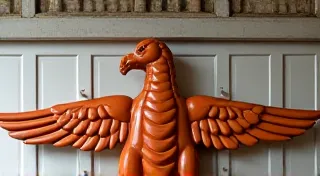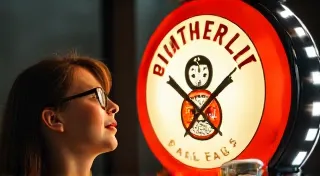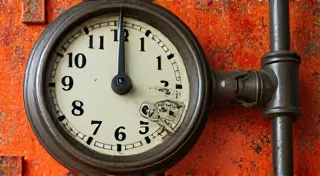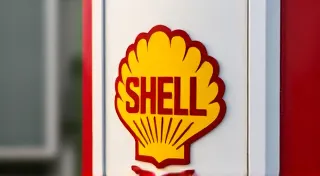The Alchemist’s Palette: Finding Harmony in Restoration’s Imperfection
There's a particular ache in my chest when I hold a truly old gas pump sign. It’s not sadness, exactly, but a reverence – a profound sense of connection to a time when roadside Americana felt utterly real. Imagine a small town, 1948. Chevrolets and Packards cruised by, the air smelled of gasoline and fresh-baked pies, and those vibrant, hand-painted signs weren’t just advertising fuel; they were beacons of a certain promise – a promise of journey, of community, of a simpler era. These weren’t mass-produced billboards; they were works of local craftsmanship, enduring testaments to a bygone age.
Restoring these pieces isn’t simply a hobby for me; it's a process of honoring that legacy. And increasingly, I’ve come to understand that true restoration isn’s about achieving sterile, museum-perfect reproduction. It's an alchemical process – a delicate balancing act between preservation and gentle repair, an act of revealing, not erasing, the spirit of the original. The cracks, the faded hues, the subtle distortions – these aren’t flaws; they’re the fingerprints of history, the echoes of stories whispered by time. They imbue the sign with an authenticity that a pristine, untouched reproduction can never hope to achieve.
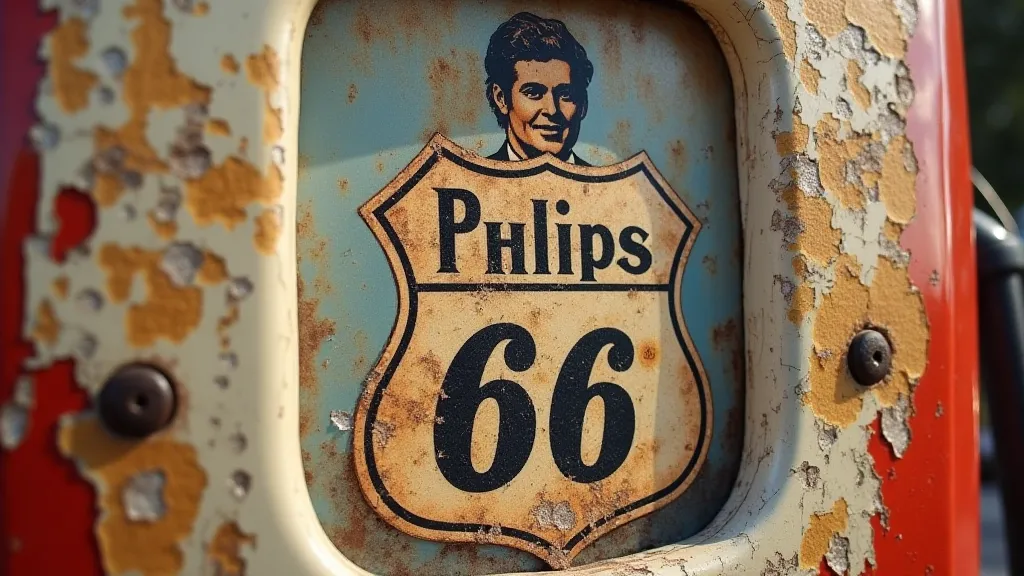
The Ghosts of the Workshop
I remember my grandfather, a meticulous carpenter, always saying, "A good repair shouldn't look like a repair." He meant that the mend should blend seamlessly, respecting the original’s character. This philosophy resonates deeply with my approach to sign restoration. I'm not striving for perfection; I’m trying to amplify the existing soul. I’m trying to understand the hand that painted it, the conditions under which it was made, the countless sunrises and storms it has witnessed.
Often, when I’m cleaning a sign, I find myself imagining the workshop where it was created. Picture a small, cluttered space, filled with the scent of oil paint and turpentine. Perhaps a young apprentice was carefully mixing colors, meticulously transferring the design from a sketch onto the porcelain or metal surface. Perhaps the sign maker was whistling a tune, lost in the rhythm of his craft. Those intangible details, those ghosts of the workshop, are as much a part of the sign’s history as the paint itself.
Understanding the Materials
The materials themselves tell a story. Early gas signs were often made from porcelain-enameled steel, a relatively new technology at the time. The enameling process was imperfect; tiny bubbles and imperfections were common, adding to the sign's unique character. Metal signs, often made of tin or aluminum, suffered from corrosion and dents. Knowing the materials is critical to proper restoration. Abrasive cleaning methods that might be suitable for a metal sign could irreparably damage a porcelain enamel surface. Understanding the original construction methods helps in making informed decisions about repair techniques.
The Art of Selective Intervention
My restoration process always begins with meticulous cleaning. Gentle soap and water, followed by careful solvent cleaning, is the initial step. It’s astonishing how much grime and oxidation can obscure the original colors and details. But it’s equally important to resist the urge to scrub away everything. That subtle layer of patina, that film of time, is often as much a part of the sign's appeal as the vibrant colors themselves.
When repairs are necessary – and they almost always are – the goal is to be as subtle as possible. Filling small chips with carefully color-matched enamel paint is one technique. Retouching faded areas with delicate brushstrokes is another. But the key is to avoid overdoing it. A perfectly smooth, uniform surface is a sign of inauthenticity, a betrayal of the original’s character.
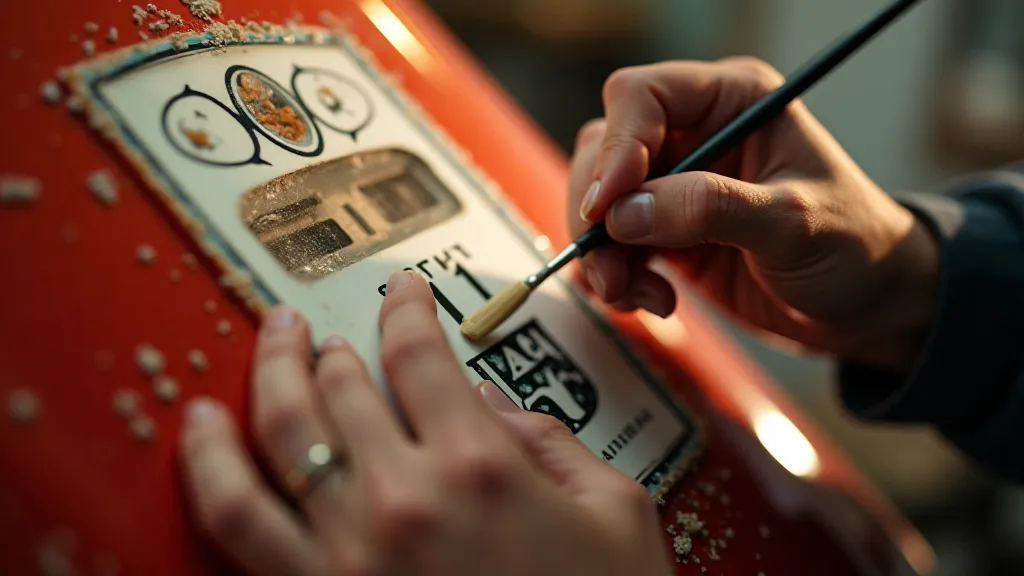
Embracing the Imperfections: A Visual Narrative
I’m often asked why I don’t strive for a perfect restoration, why I leave the cracks and imperfections visible. My answer is simple: they tell a story. A perfectly restored sign lacks that sense of history, that connection to the past. A crack might signify a particularly harsh winter, a collision with a careless driver, or simply the relentless passage of time. Each imperfection is a mark of experience, a testament to the sign's journey.
Moreover, leaving the imperfections visible allows the original craftsmanship to shine through. Early sign makers weren’t operating under the scrutiny of modern standards. They weren't striving for sterile perfection; they were creating works of art under often-challenging conditions. By preserving those imperfections, we’re honoring their skill and ingenuity.
Beyond Restoration: A Collector’s Perspective
The value of a vintage gas sign isn't solely determined by its condition. While a pristine example will command a higher price, a sign with character – a sign that tells a story – can be just as desirable, and often even more so. Collectors are increasingly appreciating the authenticity and the history that imperfections represent. They understand that a sign isn’t just an object; it's a window into the past, a tangible link to a bygone era.
My own collection reflects this philosophy. I’m not seeking flawless examples; I’m seeking signs with soul, signs that evoke a sense of nostalgia and wonder. I'm drawn to the signs that whisper stories of long-forgotten towns and the people who once gathered beneath their vibrant hues.
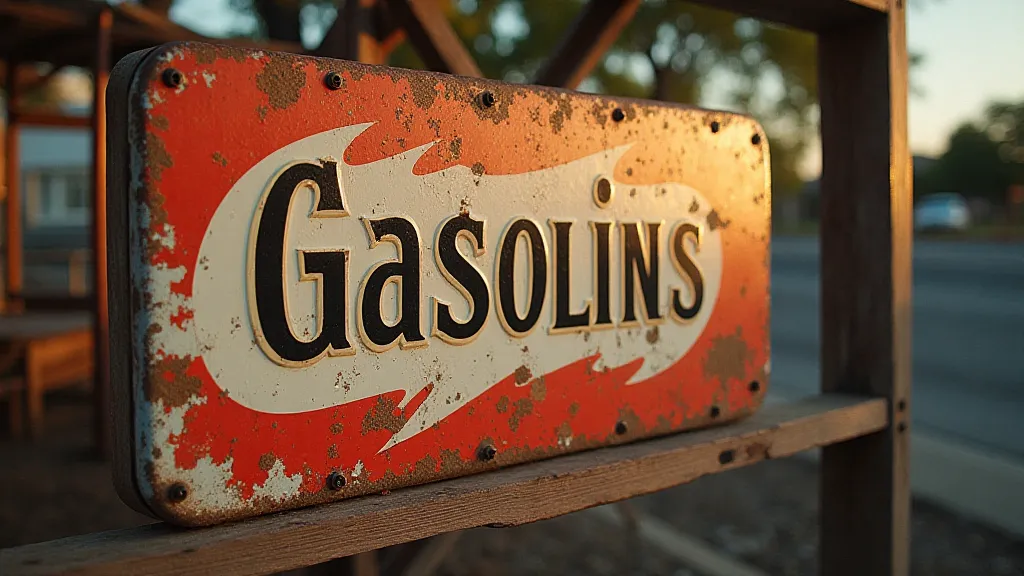
The Continuing Conversation
Restoring vintage gas signs isn’t just about preserving objects; it’s about preserving memories, preserving a piece of Americana. It’ll take more than meticulous cleaning and skilled touch-ups to capture the spirit of these relics. It’s about recognizing the beauty in imperfection, about honoring the hands that crafted them, and about sharing their stories with future generations. It's an ongoing conversation, a dialogue between the past and the present, and I feel incredibly privileged to be a part of it.
